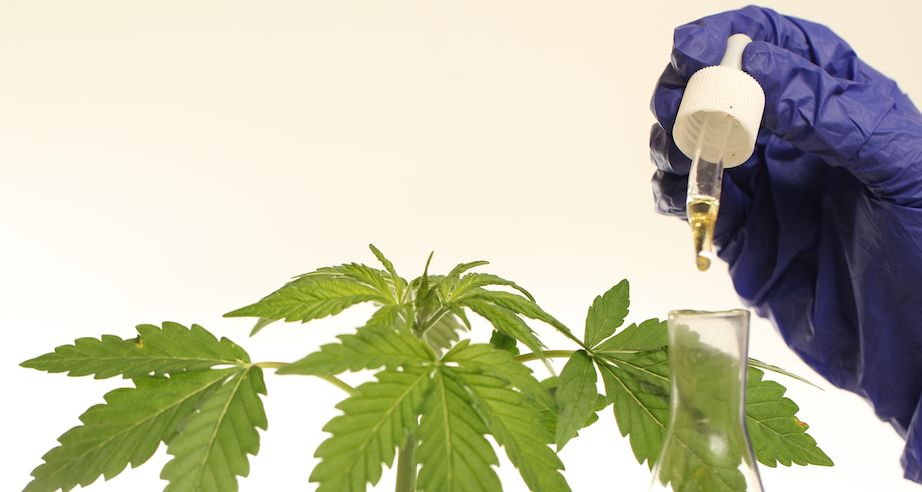11.21.2025
Sausage casings bulletin, November 21, 2025

...

Hemp seed breeders have an extended buffer for product development, with the delayed implementation of the USDA’s IFR. A couple of years isn’t a long time in seed variety development, and the stricter THC rules in the IFR are much harder to consistently adhere to. Long term this could impact hemp supply and hemp prices, but no major price movements are expected in the near-term.
Crops are testing hot this year, and seemingly at a higher level than last year, anecdotally, but there is no reporting on hot crops available in real time. Our sources spread around the US report some incidents of non-compliant crops, but testing remains a big mystery. One Michigan producer’s crop tested at .6%, twice the allowed limit. A follow up test at the same lab returned a THC level of .1%.
Regulators are seeing this and generally are sympathetic with producers. People involved in state agricultural agencies are often farmers or sympathetic to agriculture and have no desire to destroy a farmer’s crop. They also know how to influence results based on sampling. They can still paint between the lines and take legitimate samples by the book, but even these can be manipulated during collection and subsequent handling. We don’t even know enough yet to know how many ways there are to influence the cannabinoid composition of a sample. Or we may learn that this lack of precision and consistency is just a limitation of the science, or a limitation of the vast startup cohort of hemp analytical labs.
Flower is regularly available in the high teens to over 20% CBD, and it is highly unlikely that this would be compliant with the new post-decarboxylation ∆9 standard outlined in the 2018 Farm Bill. Some of it is not compliant under any standard, being the apical portion of the plant, where cannabinoid concentrations are highest. Cannabis policy is shifting so rapidly though. Both coasts and Middle America have implemented lucrative adult use MJ programs. Slightly noncompliant hemp flower isn’t likely to be an enforcement priority.
Nor was it an enforcement priority for Idaho State Police, who stumbled into what they thought was an epic MJ bust in 2019, only to get an education in hemp policy, a process that stretched on for many months. Operators like Big Sky Scientific – the company involved in the Idaho incident – know what risk looks like in hemp. If they don’t, Dennis Palmarchuk does. He was hit with a serious trafficking offense, that was later reduced, but he spent 5 days in jail, and like another pair arrested in the state in April 2019 for hemp transport, received a suspended 180-day sentence. Both of these plea agreements required them to waive their right to appeal and were given a year of unsupervised probation.
Crop destruction is a harsh reality that producers and regulators are coming to grips with. Guidance remains fuzzy, and producers will be motivated to harvest top-end colas if they do test hot. We can guarantee moonlight harvests in some instances, and there is little in place to prevent this. The processes vary around the country, not the actual tilling in or burning, but the process of assuring crop destruction. There is little to prevent farmers from remediating their own crops, particularly if they have other compliant plots.
Many small growers are testing new varieties, or larger producers grow test plots of new varieties. Spiking THC could be extremely variable depending on the many factors that we assume matter: genetics, agronomics, environmental, harvest timing, moon phase. Research hasn’t proven this yet, nor do we have enough years of widespread growing to understand THC development in cannabis crops.
The threshold for negligence in the USDA’s IFR is very short trip from the one for compliance. We’ve yet to see the fallout of this policy colliding with underdeveloped hemp genetics and a lack of any meaningful research. The best bet for hemp may be the 1% limit proposed by many stakeholders. The rapid evolution of cannabis policy in the US, with an assist from the disruptive pandemic, may accelerate change for hemp. With hemp policy so dependent on the regulatory status of MJ, there is much more change to expect in the sector for years to come.